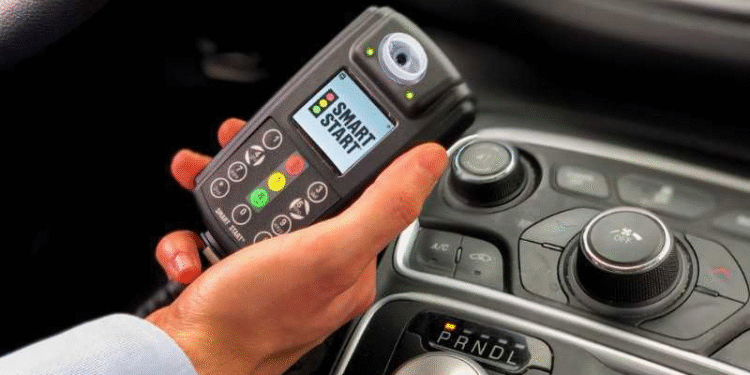Driving under the influence of alcohol poses serious risks to both the driver and the public. In recent years, measures such as the alcohol ignition interlock have become crucial tools in reducing drunk driving incidents. These devices serve as a preventive measure by requiring the driver to pass a breathalyser test before the car can be started.
What is an Alcohol Ignition Interlock?
An alcohol ignition interlock is a breath testing device that is connected to a vehicle’s ignition system. If the device detects alcohol on the driver’s breath, it prevents the engine from starting. This method ensures that individuals convicted of DUI offences are sober while operating a vehicle.
How Does it Work?
The interlock system requires the driver to blow into a mouthpiece connected to the device. The device analyses the breath sample for the presence of alcohol. If the alcohol level is above a pre-set limit, the vehicle will not start. Some systems also require random breath tests while driving to ensure continued compliance.
Benefits of Using Alcohol Ignition Interlocks
These devices have proven effective in reducing repeat offences of drunk driving. They act as a deterrent and encourage responsible behaviour among drivers who might otherwise consider driving under the influence.
Preventive Measure
By preventing a vehicle from starting if alcohol is detected, interlocks effectively prevent potential accidents that could result from drunk driving.
Legal Compliance
For many DUI offenders, installing an interlock device is a legal requirement. Compliance with this requirement can lead to the restoration of full driving privileges upon completion of the interlock programme.
Who Requires an Ignition Interlock?
In many jurisdictions, ignition interlock devices are mandatory for individuals convicted of drink driving offences. The length of time that an offender must use an interlock device varies but often corresponds with the severity of the offence.
Installation and Maintenance
The installation of an alcohol ignition interlock must be carried out by a certified technician to ensure proper functioning. Regular maintenance checks are also necessary to ensure the device is operating effectively and has not been tampered with.
Advancements in Interlock Technology
Recent advancements have improved the reliability and ease of use of interlock devices. Modern interlocks are equipped with features such as GPS, cameras, and internet connectivity, which provide additional data regarding compliance and functionality.
Challenges and Considerations
Despite their benefits, some drivers attempt to circumvent these devices. However, tampering with an ignition interlock system is illegal and can result in further legal penalties.
Interlocks and Road Safety
The primary goal of alcohol ignition interlocks is to enhance road safety by ensuring that only sober individuals operate vehicles. These devices have been shown to significantly decrease the rate of repeat offences among DUI offenders.
The Future of Ignition Interlocks
As interlock technology continues to advance, it is expected that these devices will become even more effective in preventing DUI offences. Enhanced features like user identification and improved connectivity will further integrate interlock systems into comprehensive road safety strategies.
Conclusion
Alcohol ignition interlock devices represent a critical step forward in the fight against drunk driving. By preventing impaired drivers from operating vehicles, these systems protect not only the drivers but also the community at large. With continued technological advancements and wider implementation, interlock devices will likely play an increasingly pivotal role in promoting road safety.













